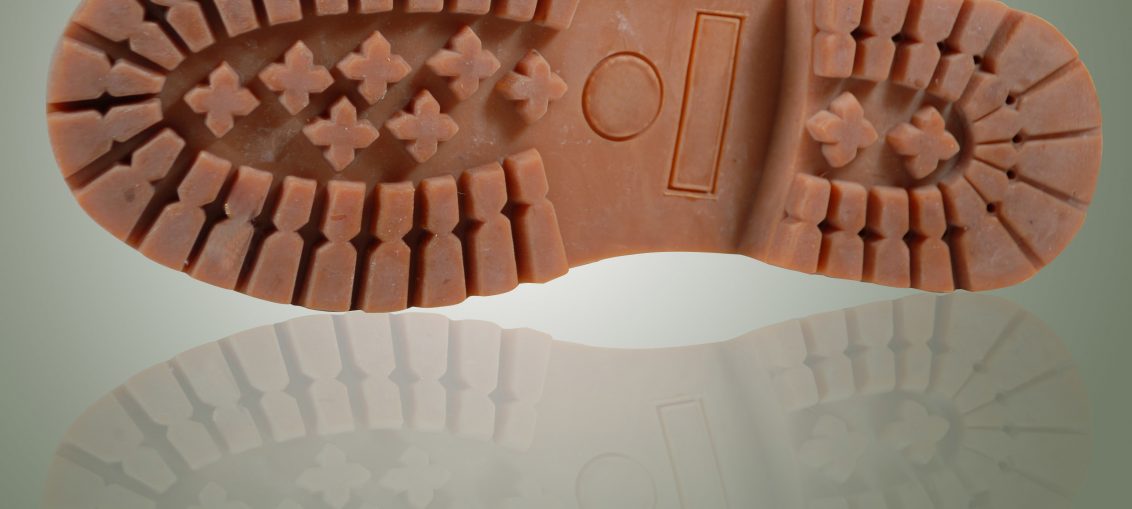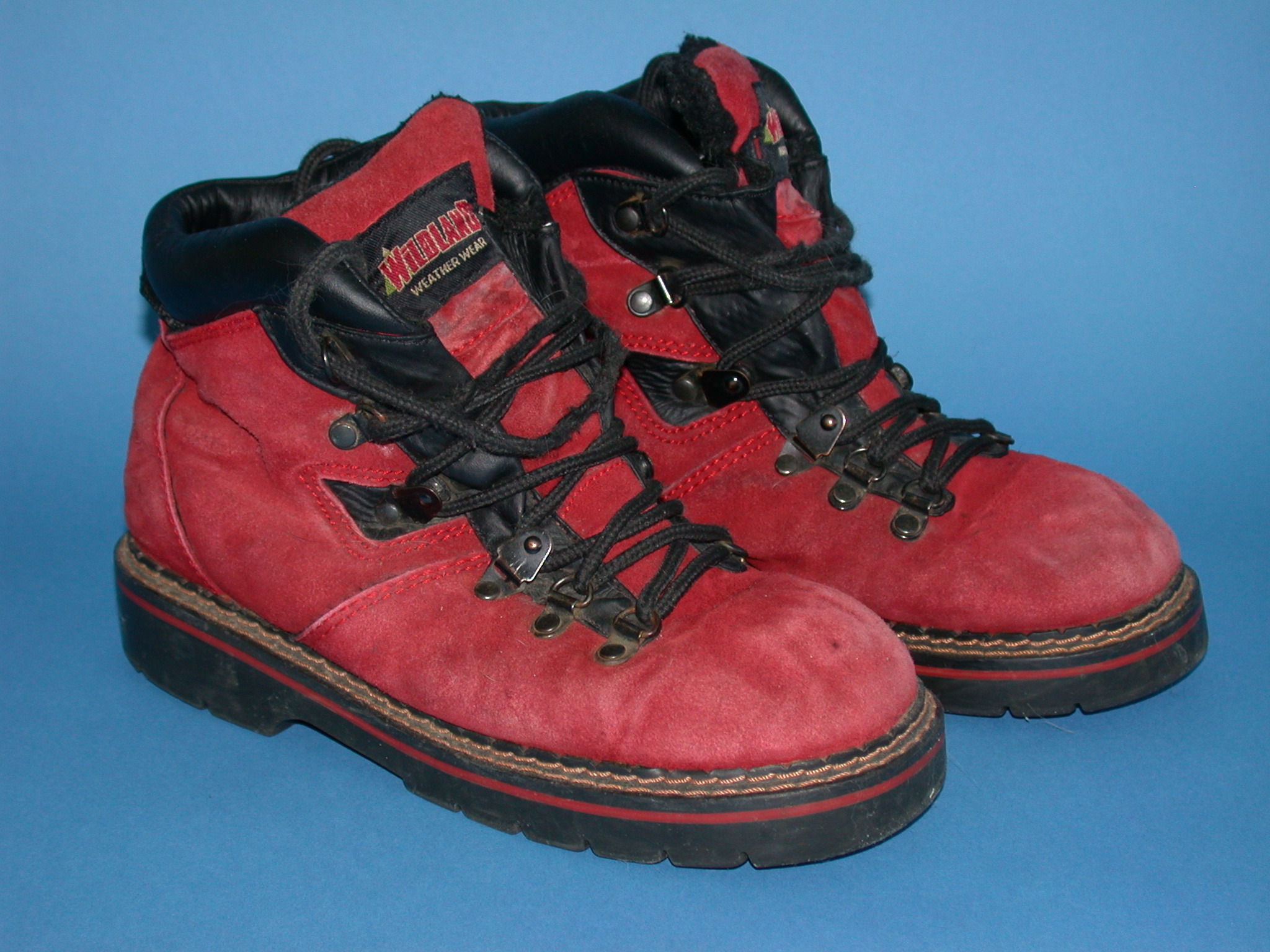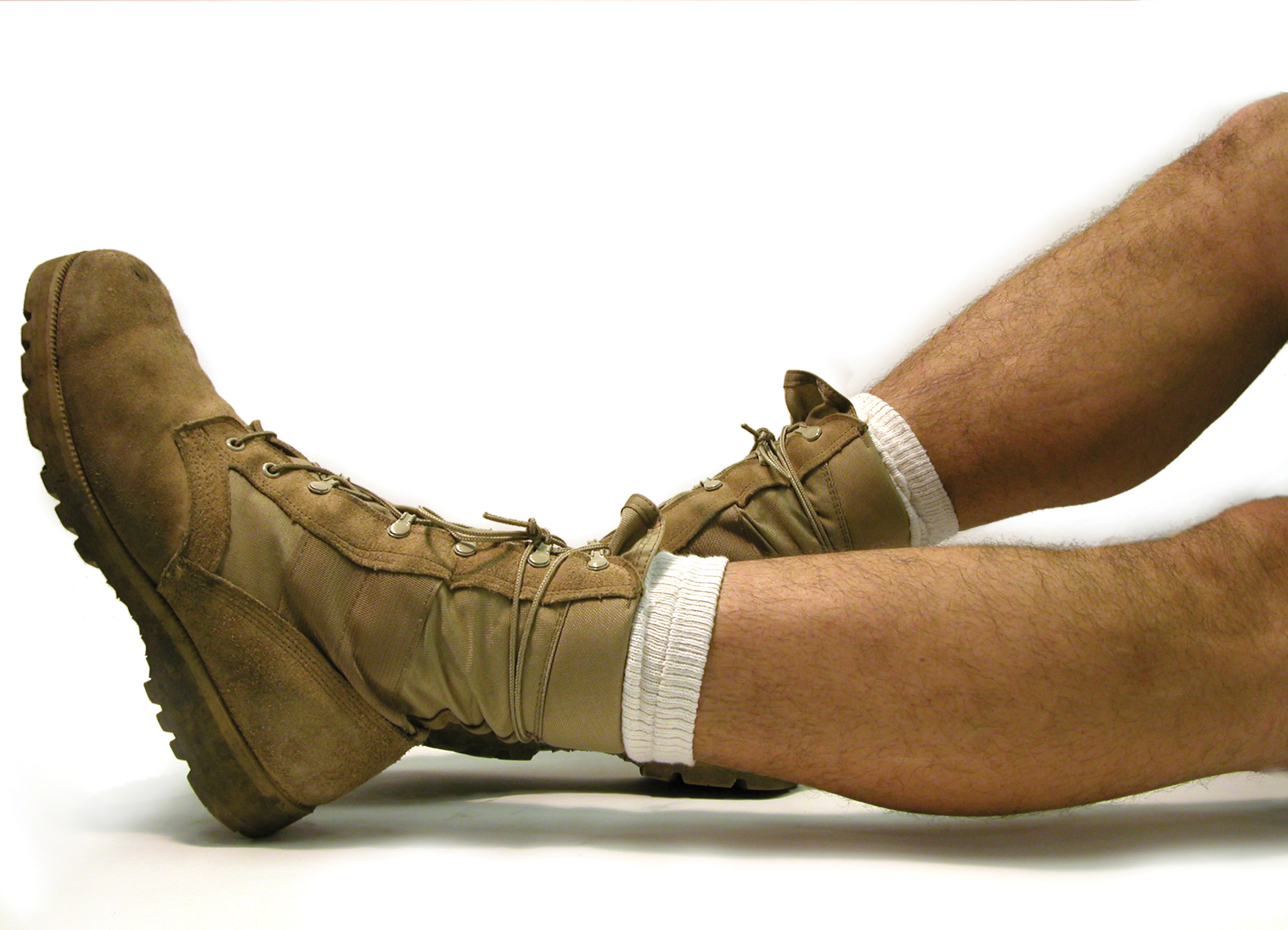
If you are thinking of becoming a serious hiker, footwear needs to be a significant concern. When you are trying to conquer an obstacle-ridden trail or make your way up to a mountain, your feet are your most valuable asset. You need to keep them protected. Different environments present distinct challenges in terms of footing and climate and require various types of hiking footwear. It can be hard to figure out precisely what you need. Here are the top three essential features of hiking footwear to help you get equipped even faster.

Traction

From sprained ankles to serious falls, slipping while out on the trail can be a serious hazard, and could prematurely end a trek. This is why the number one feature of hiking shoes is good traction. On the packaging, you will find this indicated as a number between 0 and 1. The closer the number is to 1, the less likely you will slip. If you are planning on serious mountaineering or hiking through snow, you will need to attach crampons to your shoes or boots to stay safe. Not all shoes are compatible, so this is something to be aware of when choosing them.
Weight
This one is a bit of a debate. Stores offer quite a selection of hiking shoes of different weights. Lighter shoes are obviously easier to move in and will save energy throughout the hike. These shoes tend to be made from composite materials. On the other hand, heavier leather boots tend to be a lot sturdier and last much longer. These boots also provide greater protection both from bumps and falls and from colder temperatures. A seasoned hiker knows that there are a variety of different types of hiking through varied terrains. The thickness, and therefore weight, of your boots depends on the type of terrain you want to cover. If you are planning on consistent hikes in cold and rocky terrain, heavy boots are a better choice.
Support
Ankle support is a big deal when hiking. Uneven trail surfaces strain the ankles, as they must compensate for the different angles of the hiker’s footing. This is without mentioning the possibility of losing balance and rolling an ankle, which is a terribly painful experience. Most good hiking shoes will have stiff rear sections which support the ankles. The extent of this support, and whether good boots ought to include stiff “cuffs” that support the foot, even above the ankle, is a matter of debate.
On the one hand, having this kind of support prevents ankle injury and relieves ankle strain. On the other hand, it makes it a lot more challenging to walk. For this reason, many hikers choose to wear lower cut shoes and deal with ankle sprain by preparing for hikes with strengthening exercises.
